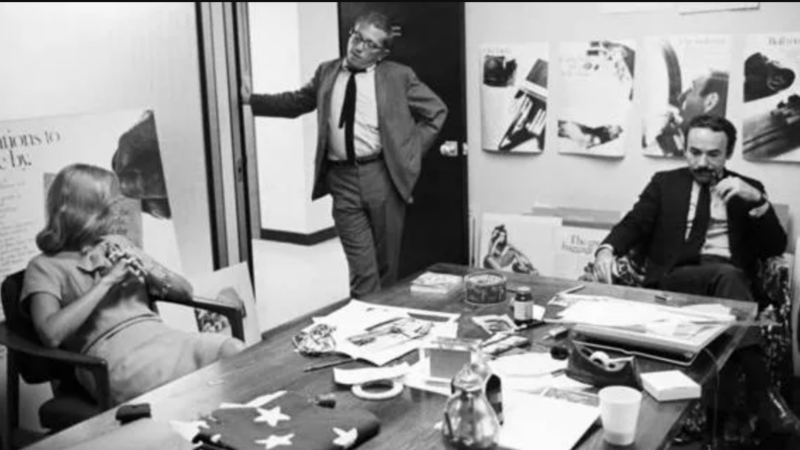Creative directors: Influence, don’t just direct
The title creative director implies control, but in today’s collaborative, multidisciplinary landscape, true leadership is about influence, not direction, writes Marcel Wijnen, creative director at Hulsbosch.
There is something that fundamentally bothers me about the title (my title) creative director. It feels limiting.
The creative director job title emerged organically in the 1950s and 60s, a period when advertising shifted from formulaic sales-driven messaging to a more idea-led, storytelling approach. Traditionally, copywriters and art directors worked in silos, but as agencies like Doyle Dane Bernbach (DDB) pioneered the creative revolution, a new leadership role was needed to unify the process. Figures like Bill Bernbach redefined agency structures, elevating creativity as a strategic function rather than a production step.
But in today’s fluid, collaborative creative landscape, is the role still necessary? The rigid hierarchies of Madison Avenue have given way to nimble, multidisciplinary teams, where ideas can come from anywhere – designers, strategists, even AI. The creative process is no longer top-down but networked, iterative, and data-driven. While leadership remains crucial, the traditional creative director may feel more like a relic of a bygone era than an essential driver of modern creativity.



@@me. yeah nah, this piece says absolutely nothing new about the role. As CD I was canvassing the whole agency for ideas twenty years ago, and found an account service individual who was consistently good and able to contribute. And – shock horror – there were CDs who were doing this before me.
For the most part though, best remember everyone wants to be a creative and only few can actually be.
methinks a stupid title is a stupid title.
oh dear, me thinks you miss the point entirely.
Me thinks you don’t get the point of the article
The task of ‘influenc(ing) a culture of openness, collaboration, and trust’ falls to the whole leadership of the agency; it is not the exclusive purview of the creative director.
The creative director’s main task is this. At some point a decision must be made as to what work is going to be presented to client. In any decent creative agency, that is the role of the creative director. They filter the inputs from the creative department (primarily), as well as from elsewhere if they so desire, and then determine what that work should be. While everyone may play a part, someone has to make a decision.
If you find the title limiting, you have the choice of ‘chief creative officer’, ‘head non-tinker’ or take your pick – in this age of socks and slides, anything goes.
So call yourself what you want, but your remit remains the same as it has been since the DDB days – overseeing (and directing where necessary) the flow of creative inputs so that they align with the brief and the client’s wishes.
Personally, I’d avoid the title ‘creative influencer’ because it makes the key creative role of an agency sound like someone spruiking weight loss programs and crypto opportunities to their acolytes online.
Or let me put it another way, does anyone in their right mind think ‘managing influencer’ an appropriate title for the chief suit?
Thanks for the article. Marcel. One of my all time favourite pieces of work came from my workflow manager’s great observation. It was a gem.
You mention ‘uniting behind the best idea’. At your agency, who decides what is the best idea? Do you ultimately make the call or do you trust consensus?
I’m interested to know thank you.